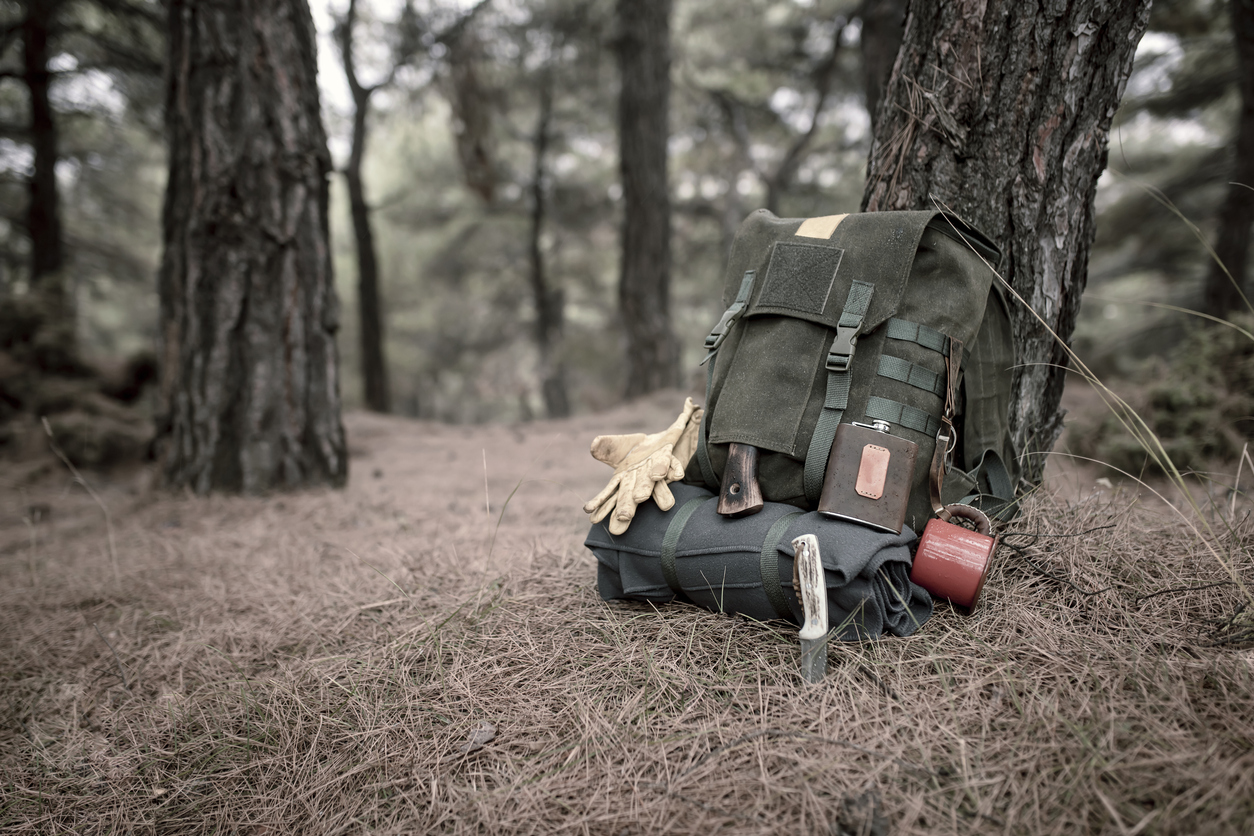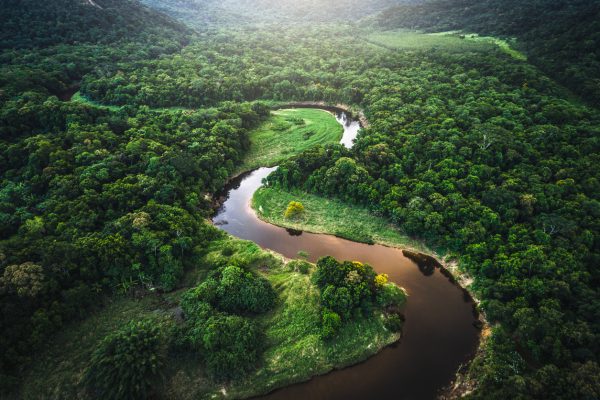Tips For Finding Your Way in the Wild, Your Life May Depend On It

We all know that no matter how experienced, every camper, hiker and outdoorsman is faced with the dangers and the unpredictable nature of the wilderness.
When confusion arises and nature puts us to the test, it is ourselves we will depend upon – our survival skills and the ability to find safety against all odds.
The dangers of disorientation and getting lost are one of the most common issues anyone can face when they find themselves in the wilderness where there are no roads and signs.
No obvious signs at least. An experienced and prepared hiker and outdoorsman needs to be familiar with seeing signs that nature offers, signs that are all around us.
Knowing how to interpret them and guide yourself with the nature’s help can mean a difference between life and death. Just in case you are not too familiar with the many ways and options of natural navigation, we’re here to help and give you a basic introduction.

One of the most common and logical steps to take before committing to a hiking or camping trip, is to thoroughly familiarize yourself with the local areas, marked trails and safe zones.
Heading out fully prepared for any situation that might arise is a crucial aspect for every outdoorsman. But in the case you found yourself in a survival situation, things take on a thoroughly different approach and, depending on the circumstances; you might be stuck in unfamiliar surroundings, without a map or compass.
It is exactly the scenario in which knowledge of nature and the signs it provides become a life saving skill. Following are just some of the essential tips and useful skills to remember when heading out.
Don’t Succumb to Panic
The number one threat in any survival situation is panic. That’s why our first and essential step is to emphasize the importance of eliminating and fighting panic when you realize that you are lost in the wild.
It clouds rational thinking and deepens the feeling of hopelessness which hampers any and all attempts at further successful progress, and thus it is imperative to fight it. Approach all situations with a clear head and calmness, no matter the circumstance.
If you feel afraid, hopeless or cannot focus – take deep, slow breaths, and just stop everything for a minute. Remind yourself that your life depends on staying calm and collected, and that there is no need or room for panic.
Deep breathing will lower your heartbeat and calm you, allowing you to access your situation and think of a rational approach to solving it. Realize your possibilities, as well as your own capabilities and plan your actions accordingly.
Observe Your Surroundings
Always look around, listen and observe. The signs are usually all around us and with retained composure and attention they can be spotted without much difficulty.
Try getting to higher ground in order to get a better understanding of the area around you. Find a hill, a peak or even a high enough tree, and make it your goal to reach that place. Managing this will help you immensely, allowing you to see what’s ahead and plan your path to safety.

Rivers, settlements, roads and coastlines – they will be visible from a height and are a logical goal to follow. Think rationally and try following rivers and coasts, as settlements are usually always near water. Once you have a goal in sight, you have a purpose and one more reason to fight and persevere against all odds!
Find Your Orientation
Once you decide on a destination or a general direction you want to follow, you’ll need to discover which heading you need follow in order to reach it. This is where we get to the core of this article – the most common ways you can find your orientation when you’re nowhere near a compass.

Nature is full of helpful signs and methods that can help us discover north, south, west and east. Here are some of the common methods of finding where you need to go.
The North Star
In the northern hemisphere you can guide yourself at night by the North Star. As it is always located at a same, fixed point in the night sky, it will always indicate north. And, logically, once you know where north is, you also know the other directions. It is a bright star, but finding it easily is not always the case.
The Big Dipper can help you locate the north star. This constellation is one of the brightest and easiest to spot and recognize. The lowest two stars that are on the edge of the dippers “bowl” always point to the north star, regardless of the circumstances. Imagine a line heading from these stars and it will point to the next big, bright star, the North one.
Sun and Moon
This one might seem logical, but it’s still important to know. We all know that sun sets in the west and rises in the east, so observing this can give you an approximate heading. You can also observe the direction of movement of the sun and the moon, as they both move from east to west, roughly. Another useful tip, is utilizing your wrist watch to find your heading.
To do this, point the smaller, hour hand at the sun. The center of the angle between the 12 and the hour hand will indicate the north to south line.
This method is slightly different if you find yourself in the southern hemisphere – point the 12 hour to the sun. The center point between the 12 and the hour hand will indicate the north to south line.
Improvising a compass
Another interesting and often mentioned method of orientation is through an improvised compass. There’s many ways a compass can be furnished from everyday items.
You can improvise with a common sewing needle. To do this, rub the needle against your clothes, preferably silk. This will magnetize it, so if you suspend it from a thread horizontally, it should point due north.
You can also take the magnetized needle, lay it on a piece of paper or a patch of tree bark and let it float in water. The needle will point north.
With this basic, introductory article, we hope to shed some light on the common steps to take in order to ensure a good chance of finding safety when confronted with unfamiliar surroundings.
Remember to always try and be prepared for the unexpected, and always familiarize with your area. In the end, preparedness and composure might be your two strongest allies on the path to safety.
